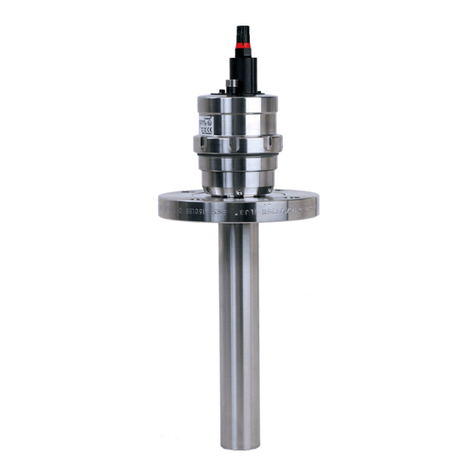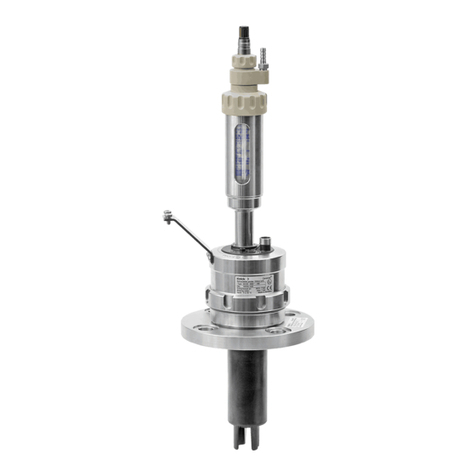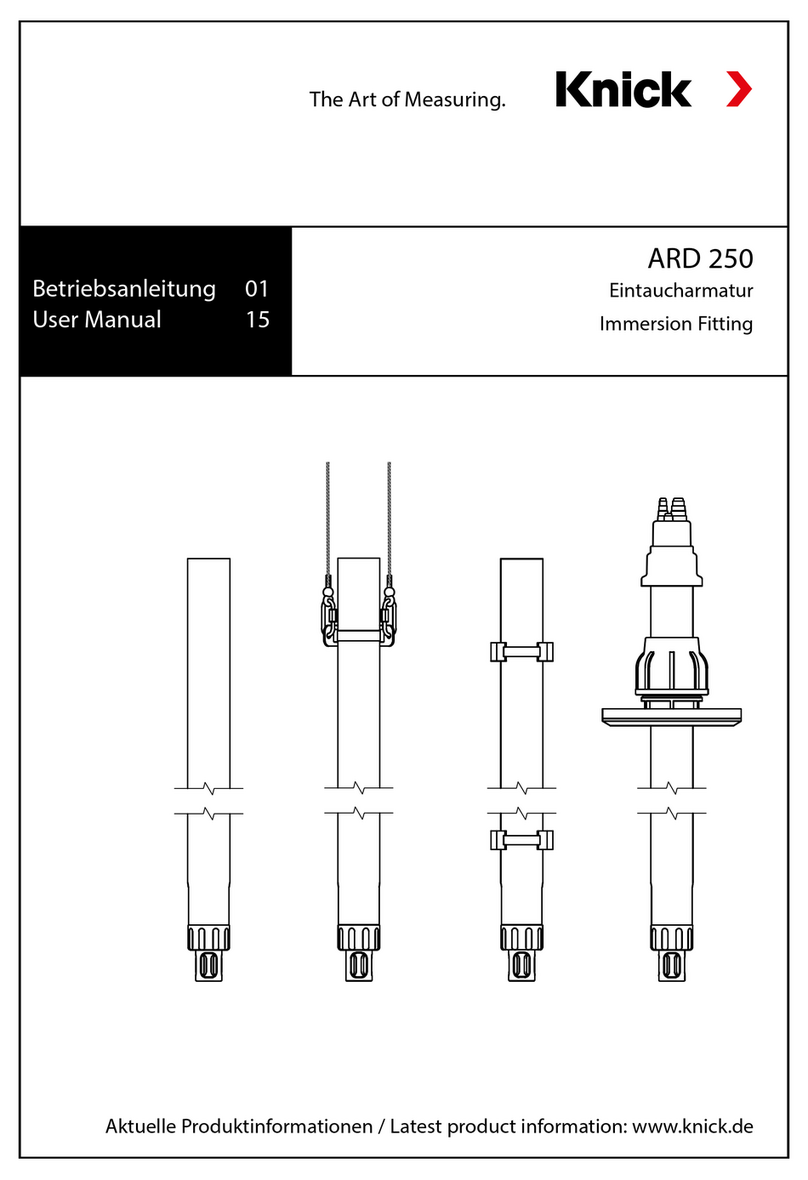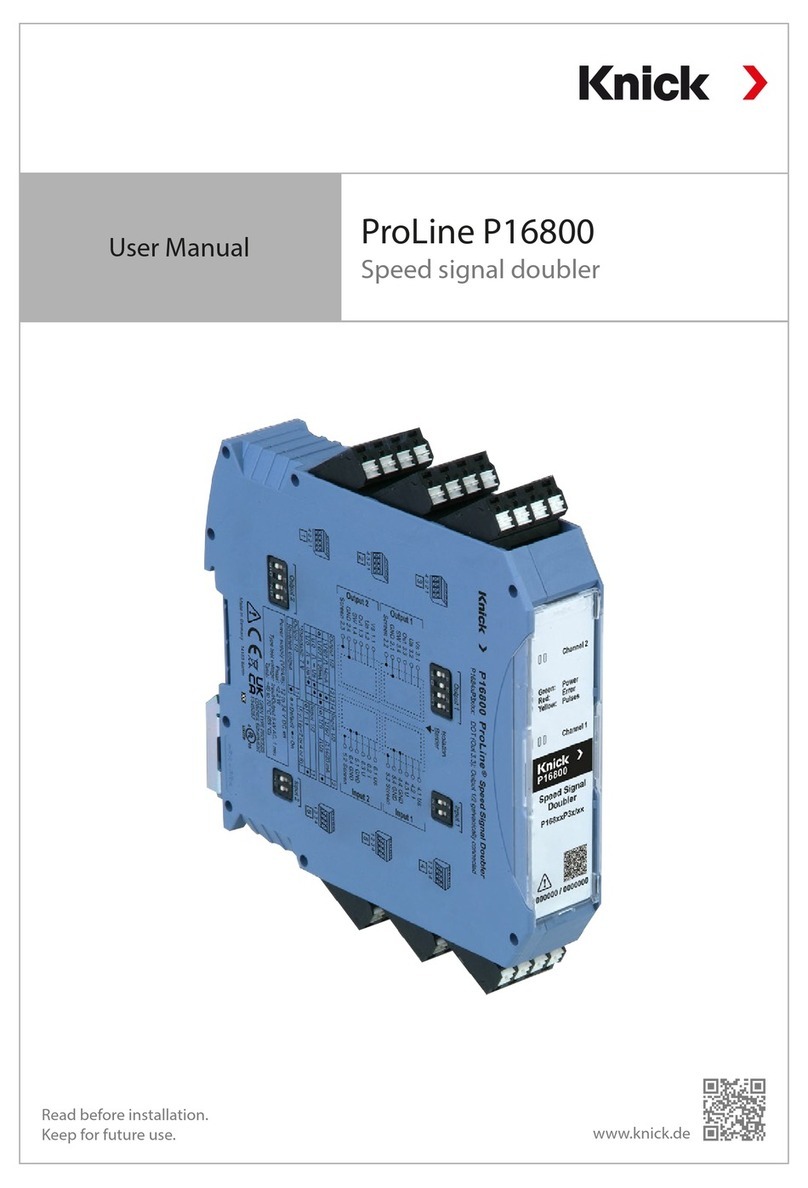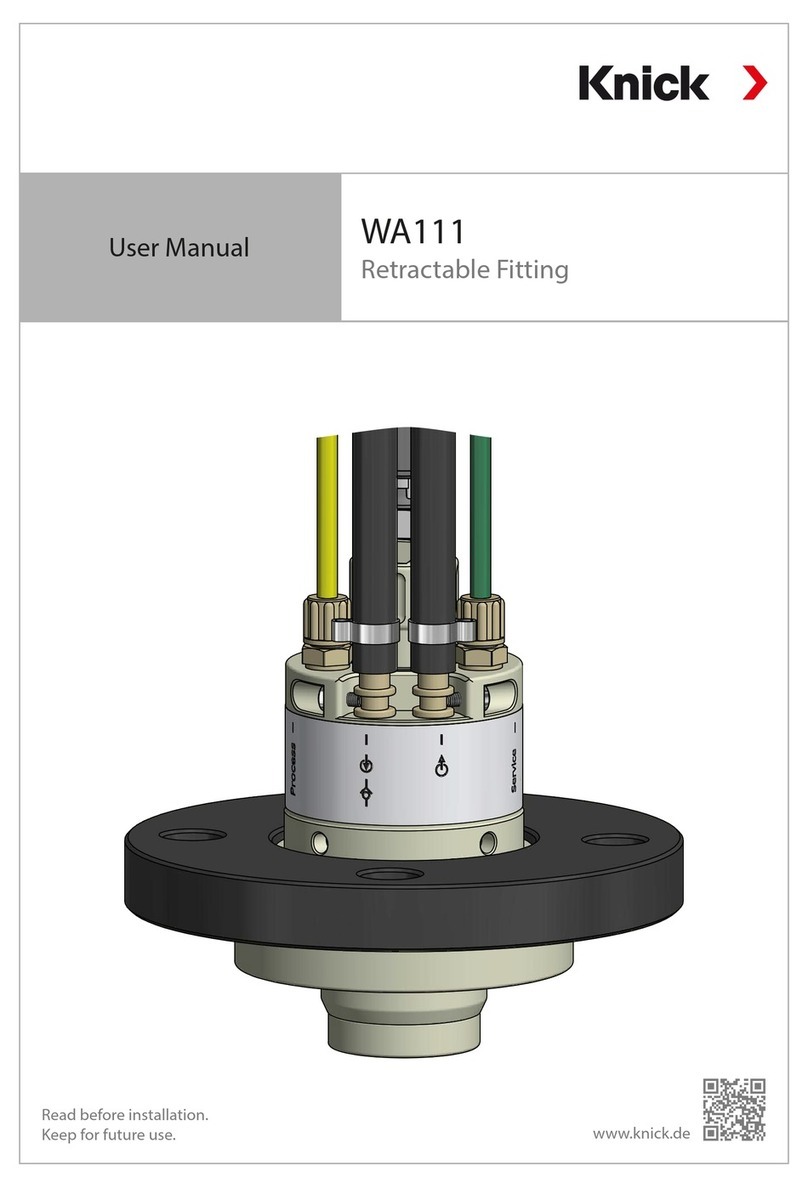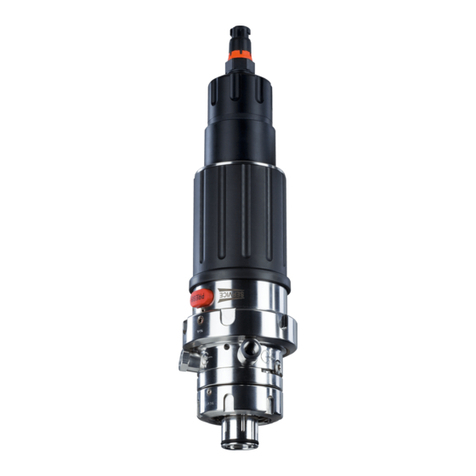
SensoGate WA131
3
Table of Contents
1 Safety............................................................................................................................................. 5
1.1 Intended Use ......................................................................................................................................................... 5
1.2 Personnel Requirements ................................................................................................................................... 5
1.3 Safeguards.............................................................................................................................................................. 6
1.4 Residual Risks ........................................................................................................................................................ 7
1.5 Safety Accessories................................................................................................................................................ 8
1.6 Hazardous Substances ....................................................................................................................................... 9
1.7 Operation in Explosive Atmospheres ........................................................................................................... 9
1.7.1 Possible Ignition Hazards During Installation and Maintenance.......................................... 9
1.7.2 Possible Ignition Hazards During Operation................................................................................ 10
1.8 Safety Training ...................................................................................................................................................... 10
1.9 Maintenance and Spare Parts.......................................................................................................................... 10
2 Product .......................................................................................................................................... 11
2.1 Package Contents ................................................................................................................................................ 11
2.2 Product Identification......................................................................................................................................... 11
2.2.1 Example of a Version ............................................................................................................................. 11
2.2.2 Product Code ........................................................................................................................................... 12
2.3 Nameplates ............................................................................................................................................................ 14
2.4 Symbols and Markings....................................................................................................................................... 16
2.5 Design and Function........................................................................................................................................... 16
2.5.1 Retractable Fitting.................................................................................................................................. 17
2.5.2 Drives and Sensor Holders.................................................................................................................. 18
2.5.3 Process Connections ............................................................................................................................. 18
2.5.4 Immersion Tubes .................................................................................................................................... 19
2.6 Permissible Changes........................................................................................................................................... 19
2.7 SERVICE/PROCESS Limit Positions ................................................................................................................. 20
2.7.1 Service and Process Position.............................................................................................................. 20
2.7.2 Limit Signals ............................................................................................................................................. 21
3 Installation .................................................................................................................................... 22
3.1 Retractable Fitting: Installation....................................................................................................................... 22
3.2 Safety Accessories: Installation ....................................................................................................................... 22
3.3 Outlet Hose: Installation.................................................................................................................................... 23
3.4 Inlet Hose (Option): Installation...................................................................................................................... 23
3.5 Pneumatic Control: Installation ...................................................................................................................... 24
4 Commissioning ............................................................................................................................. 25
5 Operation ...................................................................................................................................... 26
5.1 Moving into the Process Position (PROCESS Limit Position) ................................................................ 26
5.2 Moving into the Service Position (SERVICE Limit Position)................................................................... 26
5.3 Installing and Removing Sensors................................................................................................................... 27
5.3.1 Safety Instructions on Installing and Removing Sensors......................................................... 27
5.3.2 Solid-Electrolyte Sensor, Short Immersion Depth: Installation ............................................. 27
